Viscose yarns, also known as rayon yarns, are made from regenerated cellulose fibres derived from natural sources such as wood pulp. These yarns are known for their softness, smooth texture, and excellent drape, making them a popular choice in the textile industry. Viscose yarns combine the comfort of natural fibres with the versatility of synthetic materials, offering a wide range of applications from clothing to home textiles.
Key Features:
- Softness and Comfort: Viscose yarns are prized for their incredibly soft and smooth texture, making them gentle against the skin. This natural softness makes viscose an ideal choice for garments that prioritise comfort.
- Excellent Drape: One of the standout qualities of viscose yarn is its fluid drape. It falls beautifully, creating elegant and flowing fabrics that are perfect for dresses, blouses, and other garments requiring a refined appearance.
- Breathability: Viscose is a breathable fibre that allows air to circulate, keeping the wearer cool and comfortable. This makes viscose yarns suitable for warm-weather clothing and activewear.
- Moisture Absorption: Viscose yarns have good moisture-wicking properties, absorbing sweat and moisture from the skin. This makes them ideal for both casual wear and performance clothing.
- Vibrant Colours: Viscose yarns take dye exceptionally well, resulting in vibrant and long-lasting colours. This quality makes them a favourite in fashion textiles, where bold and beautiful hues are essential.
- Eco-Friendly Origin: Although viscose undergoes chemical processing, it originates from natural, renewable resources like wood pulp. This gives it a more sustainable edge compared to fully synthetic fibres, especially when sourced from responsibly managed forests.
Applications:
Viscose yarns are versatile and can be used in various textile products, including:
- Fashion and Apparel: Viscose yarns are widely used in clothing due to their softness, drape, and breathability. They are particularly popular in dresses, blouses, skirts, and other garments that require a luxurious feel and elegant appearance.
- Home Textiles: Viscose yarns are used in home textiles such as bed linens, curtains, and upholstery fabrics. Their softness and vibrant colours make them ideal for creating comfortable and aesthetically pleasing home environments.
- Activewear: The moisture-wicking and breathable properties of viscose yarns make them suitable for activewear and sportswear, where comfort and performance are key.
- Blended Fabrics: Viscose yarns are often blended with other fibres, such as cotton, polyester, or wool, to enhance the softness and drape of the fabric while retaining the strength and durability of the other fibres.
- Luxury Accessories: Viscose is also used in luxury accessories like scarves, shawls, and ties, where its smooth texture and ability to showcase vibrant colours are highly valued.
Comparison with Other Yarns:
- Versus Cotton Yarns: While both viscose and cotton are breathable and soft, viscose offers a smoother texture and better drape. Cotton, however, is generally more durable and easier to care for, making it more suitable for everyday wear.
- Versus Synthetic Yarns (e.g., Polyester): Viscose provides a more natural feel and better breathability than synthetic yarns like polyester. However, polyester is typically more durable and resistant to wrinkles, making it more suitable for applications requiring low maintenance.
- Versus Wool Yarns: While wool is known for its warmth and resilience, viscose offers a lighter, softer feel with a superior drape. Viscose is often blended with wool to create fabrics that are soft yet retain some of wool’s insulating properties.
Environmental Considerations:
Viscose yarns originate from renewable resources, but their production involves chemical processes that can have environmental impacts if not managed responsibly. The production of viscose involves using chemicals such as sodium hydroxide and carbon disulfide, which can be harmful to the environment if not properly handled. However, manufacturers are increasingly adopting sustainable practices, such as closed-loop systems that recycle and reduce chemical waste. Additionally, sourcing viscose from sustainably managed forests helps mitigate the environmental impact of raw material extraction.

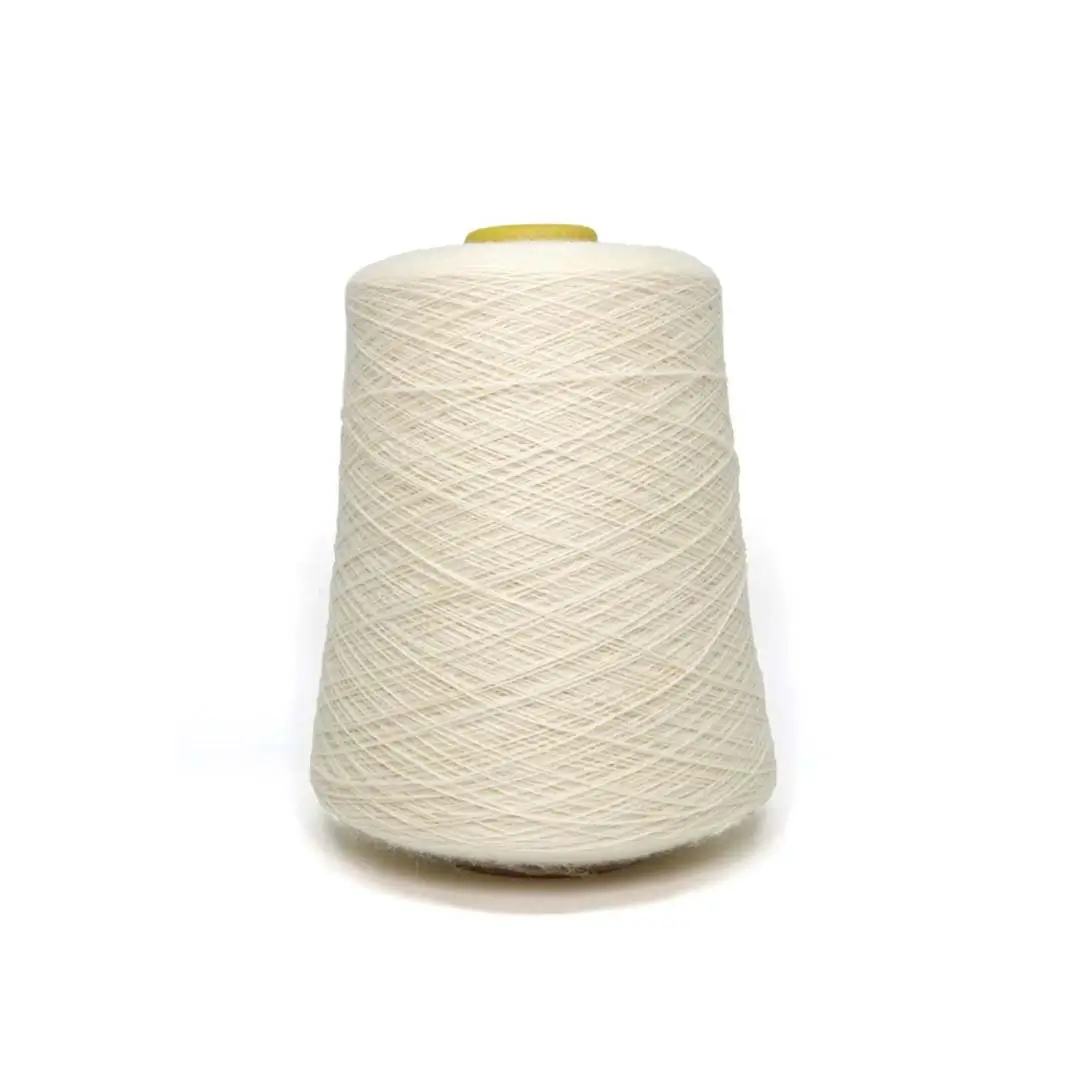
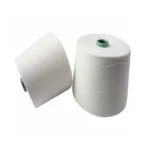

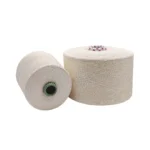
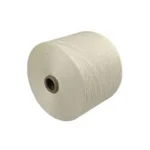
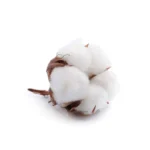
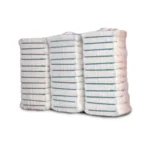
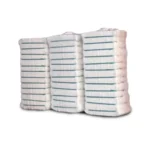




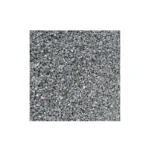

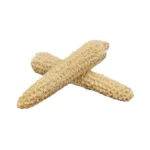

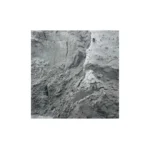
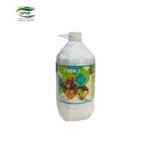

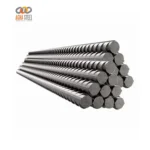
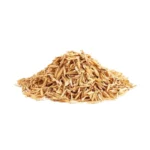
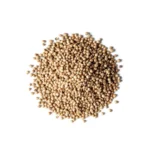
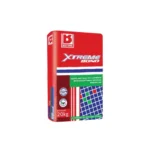
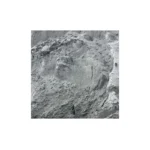

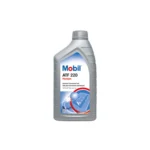


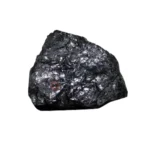
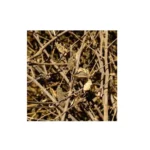
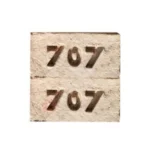
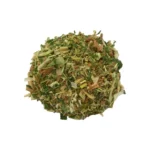
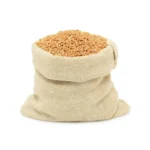
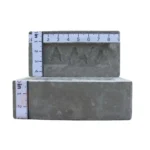



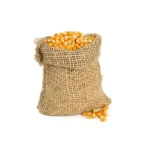
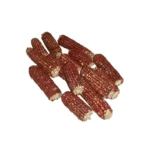
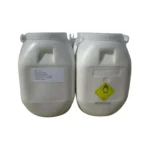

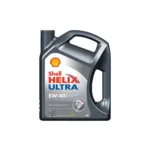
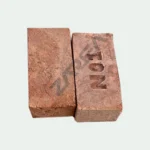



Reviews
There are no reviews yet.